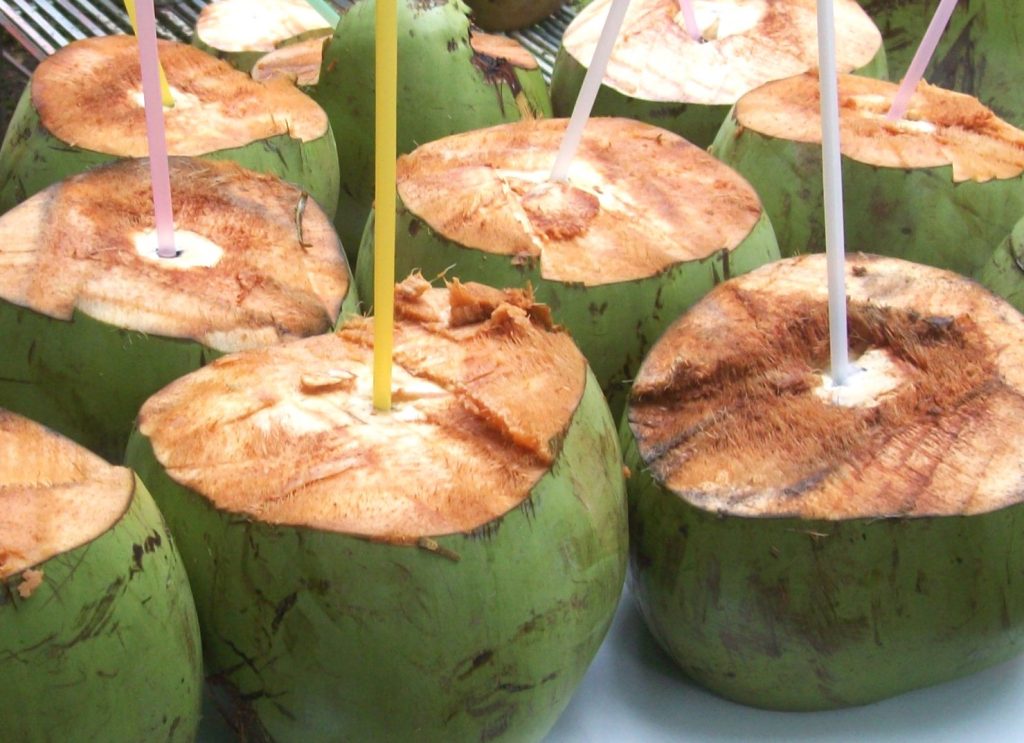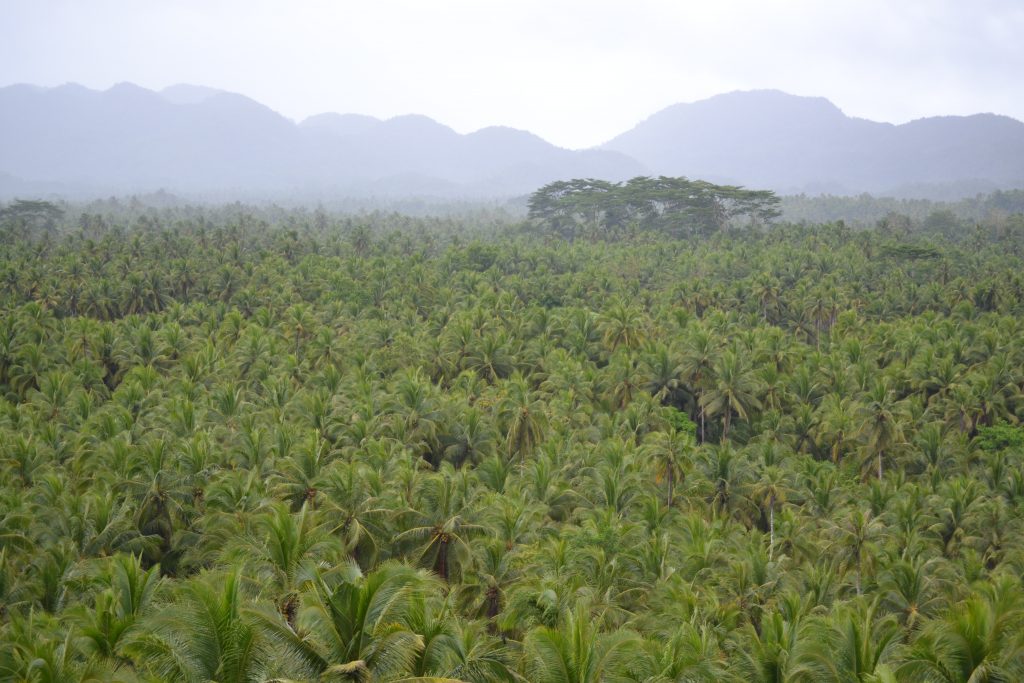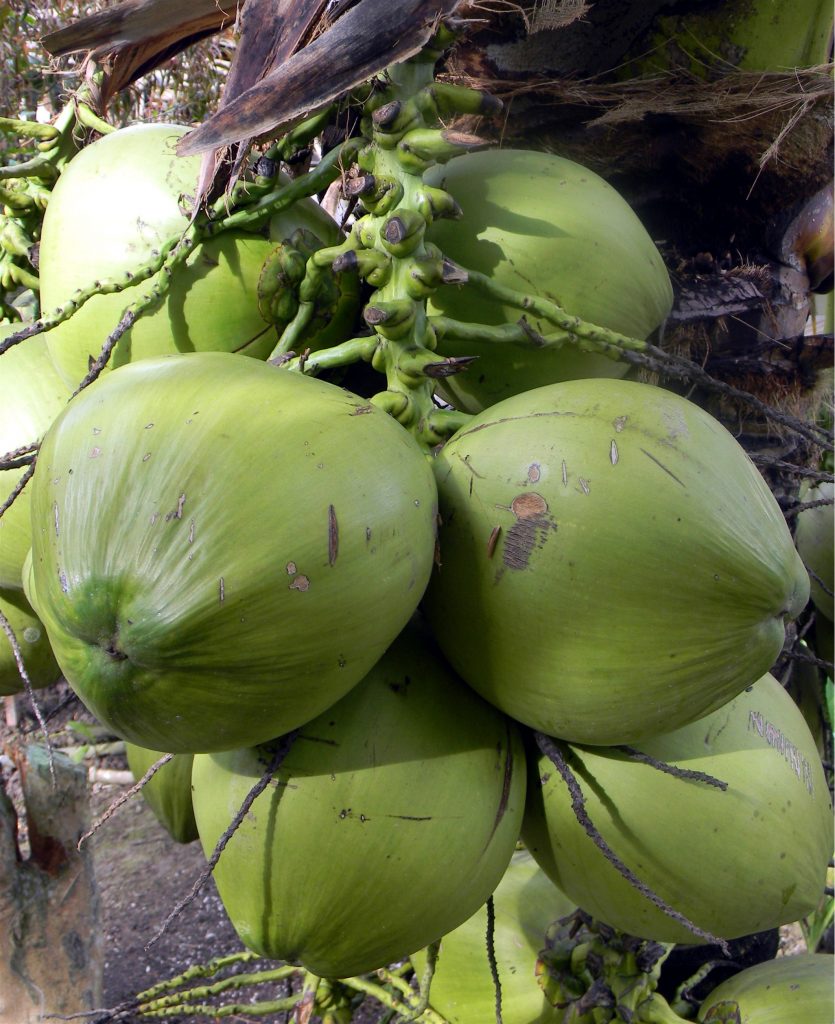If you don’t know what “BJ” stands for, then you are not doing your homework lately. It is simply the acronym for buko juice which will take the centerstage and hog the limelight during the Palarong Pambansa that will be held in Davao City during the last week of this month.

“Thousands are expected to join hundreds of young athletes from all over the country who will compete in the annual sports festival which produced sports greats like Lydia de Vega and Elma Muros,” wrote Agriculture Secretary Emmanuel Piñol in his social media account.
According to Piñol, this year’s national sports competition will also feature indigenous sports which coincides with the introduction of an indigenous product, buko, as the official energy drink.
“The Department of Agriculture will support the efforts of the coconut farmers to introduce coconut water as the official energy drink by extending a loan fund to be used in buying fresh young coconuts from farmers,” Piñol said.
The promotion is part of the program which the agriculture department and the Philippine Coconut Authority (PCA) have introduced “to provide additional income to coconut farmers all over the country.”
“With low price of coconut oil in the world market and an oversupply of copra locally, farmers have complained of very little income from their coconuts,” Piñol said, adding that his department has initiated the opening of the Eastern European market for coconut products.
He said that as a way of promoting the consumption of buko locally to help ease the oversupply, he has directed all DA offices to serve coconut water during its meetings and gatherings. In addition, the PCA regional offices, including the central office, have established outlets for buko sale.

In the United States, one health magazine hails coco water as “America’s healthiest beverage” for providing enhanced hydration, essential nutrition and all five essential electrolytes (calcium, potassium, magnesium, phosphorous and sodium).
Consider this: When compared with a popular sports drink per 100 milligrams, buko juice has more potassium (294 milligrams versus 11.7 milligrams), less sodium (25 milligrams versus 41 milligrams), more chloride (118 milligrams versus 39 milligrams), more magnesium (10 milligrams versus 7 milligrams), and less sugars (five milligrams versus six milligrams).
It must be recalled that during the Pacific War of 1941-45, both sides in the conflict regularly used coconut water – siphoned directly from the nut – to give emergency plasma transfusions to wounded soldiers.
“Medically, the buko juice is one of the purest sources of energy in the world,” says Dr. Jose P. Naval, an occupational physician based in Davao. “It is considered to be sterile because of its sealed enclosure in the nut shell.”
The health benefits of coco water had been hailed as early as 1996. A news report carried by Today said: “More and more studies on the coconut show that it has great nutritional and medicinal value, and can have a tremendous impact on the health and lives of people.”
The report cited the “years of scientific research by Dr. Eufemio Macalalag, Jr., chief of the Urology Department of the Chinese General Hospital.” It said the study has proven that “coconut water can help man stay healthy.”
The physician employed what he called as direct bukolysis. The report explained: “For the past year, Dr. Macalalag has been using coconut water from 6- to 10-month-old nuts in dissolving kidney stones in his patients by directly infusing the water into the kidneys.
In addition, the doctor also did extensive research on bukolysis and discovered oral bukolysis using fresh buko water, buko nectar concentrate, or buko nectar concentrate powder in dissolving all kinds of kidney stones.
Dr. Macalalag, the report said, recommends the drinking of buko water from three fresh nuts daily to prevent renal disorders.
Meanwhile, American nutritionist Jonny Bowden, author of The 150 Healthiest Foods on Earth, considers coco water to be a “perfectly good option” for people who want to stay hydrated. “It’s high in heart-healthy potassium, with most brands providing about 700 milligrams in an 11-ounce serving – that’s lots more than you get in a banana,” he wrote. “It also has only about 60 calories per 11-ounce serving.”
Diabetics can also benefit from drinking coconut water. In its website, the PCA gives this information: “Potassium content of water is remarkably high at all nut ages. Together with sodium and phosphorus, potassium content also tends to increase with the ages of the coconut to peak at nine months. This characteristic of coconut water makes it a very good drinking water for diabetics. Diabetics waking from a coma recover quickly after drinking coconut water.”
There’s more to coco water than all these.

The Laguna-based Philippine Council for Agriculture, Aquatic and Natural Resources Research and Development (PCAARRD) says: “The coconut water has lots of health nutrients and uses. It is among the purest of all waters. It has no cholesterol but contains more electrolytes than any fruit or vegetable juice or sports drink currently available in the market. It contains trace amounts of copper, phosphorus, and sulfur which help correct electrolyte imbalances.
“Coconut water contains enough vitamin C to meet the daily requirements of the body. Further, it keeps the body cool thus, helps maintains the human body’s natural fluid levels while carrying vital nutrients and oxygen to cells. It improves calcium and magnesium absorption which supports the development of strong bones and teeth. It also improves insulin secretion and utilization of blood glucose.”
Now, those are good reasons enough to drink buko juice. “If only half of 108-million population (in the Philippines) would drink coconut water once a week,” Piñol surmised, “the coconut industry could sell at least 2.6 billion young coconuts every year.”
Currently, the country’s nut production is posted at 15 billion, according to Piñol.






